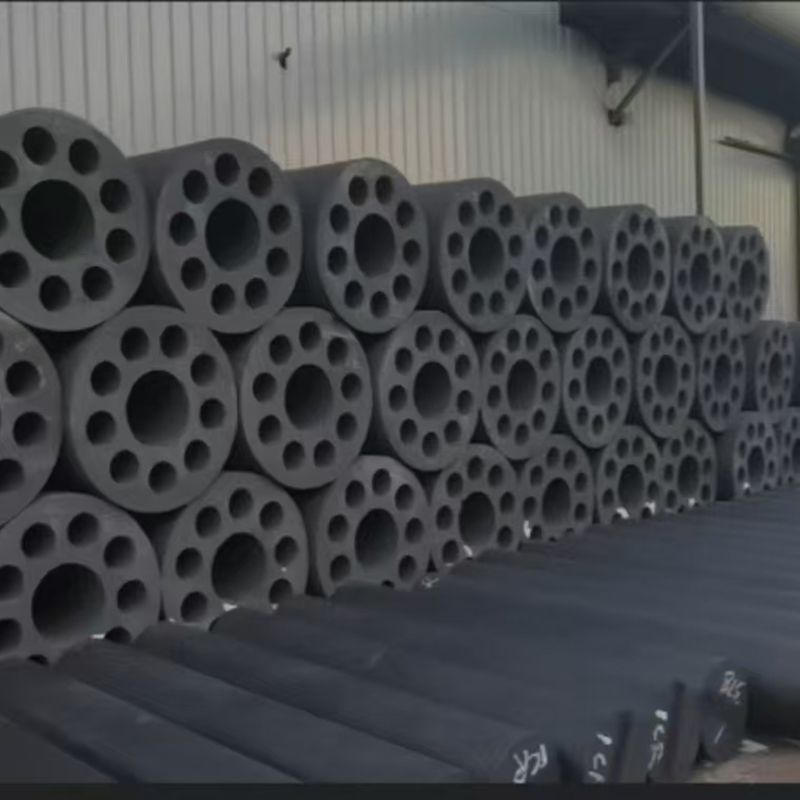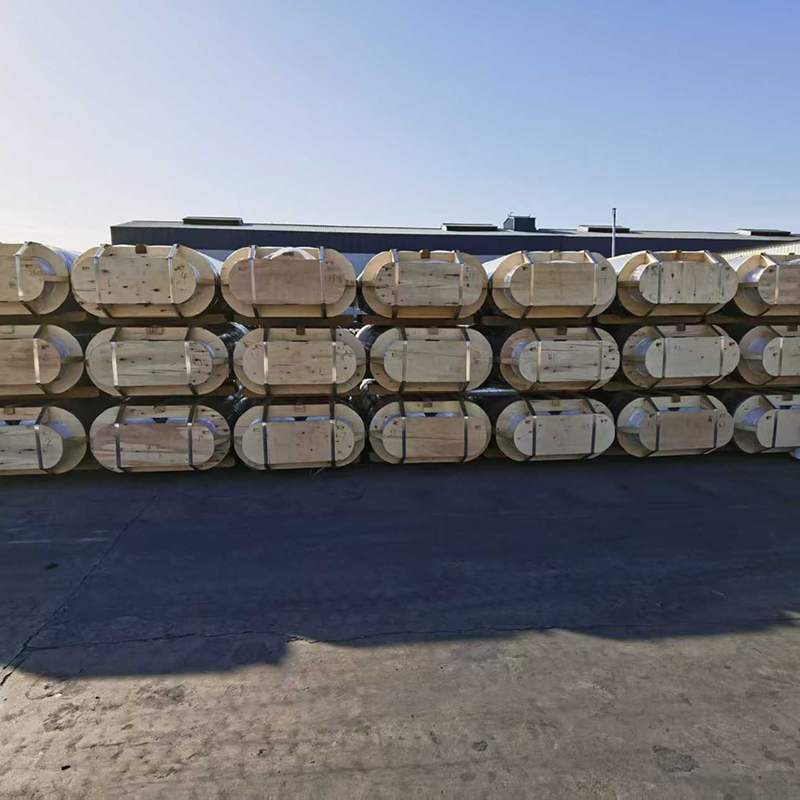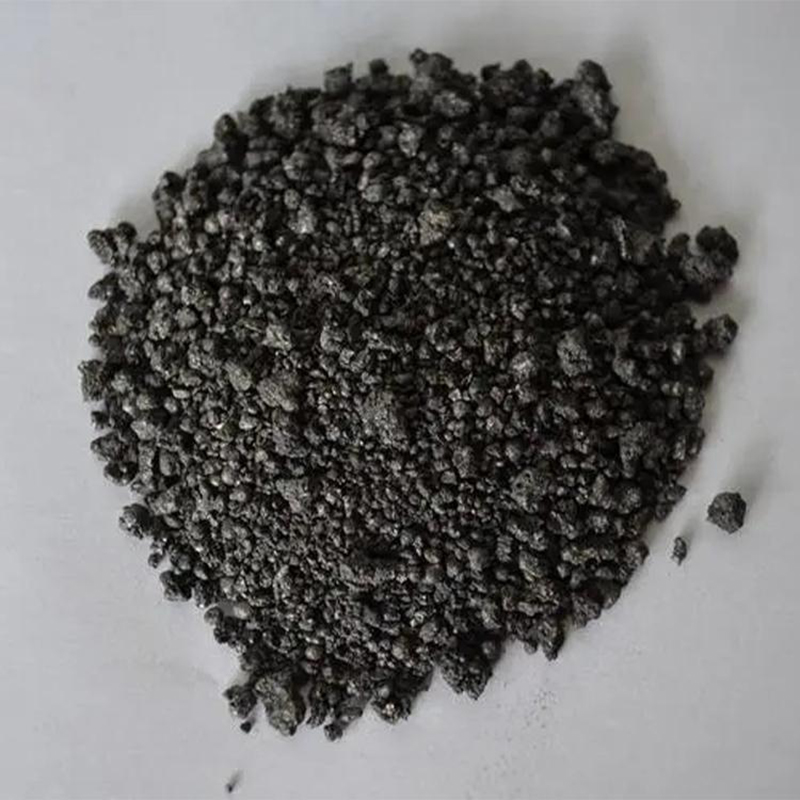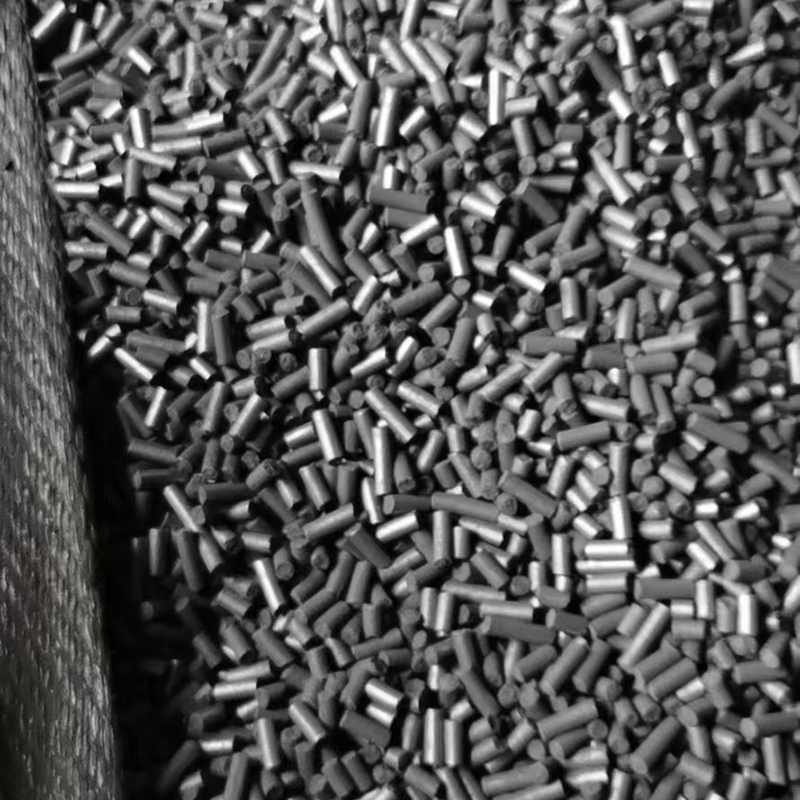- English
- Chinese
- French
- German
- Portuguese
- Spanish
- Russian
- Japanese
- Korean
- Arabic
- Irish
- Greek
- Turkish
- Italian
- Danish
- Romanian
- Indonesian
- Czech
- Afrikaans
- Swedish
- Polish
- Basque
- Catalan
- Esperanto
- Hindi
- Lao
- Albanian
- Amharic
- Armenian
- Azerbaijani
- Belarusian
- Bengali
- Bosnian
- Bulgarian
- Cebuano
- Chichewa
- Corsican
- Croatian
- Dutch
- Estonian
- Filipino
- Finnish
- Frisian
- Galician
- Georgian
- Gujarati
- Hausa
- Hawaiian
- Hebrew
- Hmong
- Hungarian
- Icelandic
- Igbo
- Javanese
- Kannada
- Kazakh
- Khmer
- Kurdish
- Kyrgyz
- Latin
- Latvian
- Lithuanian
- Luxembou..
- Macedonian
- Malagasy
- Malay
- Malayalam
- Maltese
- Maori
- Marathi
- Mongolian
- Burmese
- Nepali
- Norwegian
- Pashto
- Persian
- Punjabi
- Serbian
- Sesotho
- Sinhala
- Slovak
- Slovenian
- Somali
- Samoan
- Scots Gaelic
- Shona
- Sindhi
- Sundanese
- Swahili
- Tajik
- Tamil
- Telugu
- Thai
- Ukrainian
- Urdu
- Uzbek
- Vietnamese
- Welsh
- Xhosa
- Yiddish
- Yoruba
- Zulu
- Kinyarwanda
- Tatar
- Oriya
- Turkmen
- Uyghur

How is charcoal tar used in industrial applications?
2025-11-01
Charcoal tar isn’t a common term many may encounter in everyday conversations, yet it’s an essential player across various industries. From its roles in construction to chemical manufacturing, understanding its versatility can shed light on why industries continue to invest in this material.
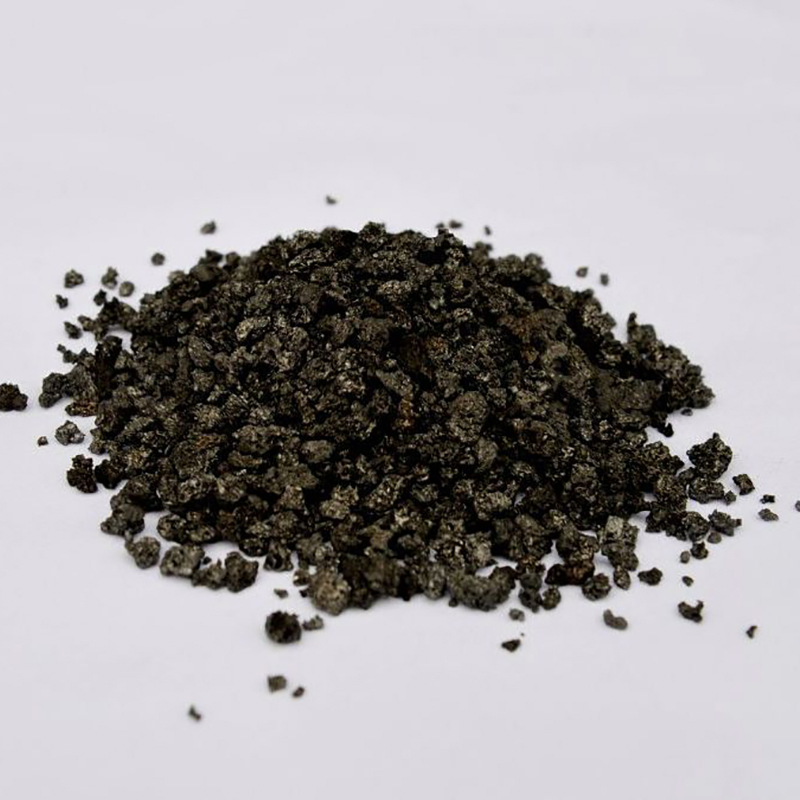
Konprann chabon chabon
When it comes to charcoal tar, the first misconception is that it’s merely a byproduct with limited use. Contrary to this belief, it’s actually a cornerstone for multiple applications. This tar is derived during the pyrolysis of carbon-rich materials, often witnessed in industries transforming wood into charcoal.
One of its critical properties is its adhesive quality. This characteristic makes it an excellent binder in creating briquettes. Manufacturers mold these briquettes using charcoal tar for easier handling, ensuring consistent burn qualities, which is vital for both domestic and industrial energy production.
Another area where charcoal tar shines is in waterproofing. Several construction firms have relied on it as a sealant. Its resilience to water makes it an invaluable component for roofing products. I remember working on a project where we tested various tar-based sealants, and charcoal tar consistently outperformed others in terms of durability and application ease.
Chemical Manufacturing and Beyond
In the realm of chemical manufacturing, chabon chabon finds its place as a precursor for producing chemicals like phenol, creosote, and naphthalene. These chemicals are essential in creating various products, from antiseptics to fumigants.
This material’s role doesn’t end there. Its affinity for absorbing impurities lends itself well to purification processes. For instance, some companies use charcoal tar derivatives to filter and purify hydrocarbon streams, ensuring a cleaner output. It’s fascinating to watch as it captures contaminants that would otherwise compromise final product quality.
It’s also worth mentioning the paint industry, where it contributes to certain types of protective coatings. Its integration ensures the paints can withstand environmental wear better, enhancing both the product’s life and performance.
Industrial Applications in Practice
From my experience, companies like Hebei Yaofa Carbon Co., Ltd. have explored innovative uses of carbon derivatives, including charcoal tar. With more than 20 years in the field, they often emphasize that each application requires a unique approach. More details can be found on their website at https://www.yaofatansu.com.
In metallurgy, charcoal tar acts as a reducing agent. It helps in smelting processes, where it reduces metal oxides to pure metals. The operational context significantly influences how the tar is employed, often requiring fine-tuning to match specific metallurgical conditions.
A challenge I observed in a metallurgical project was ensuring the right balance of tar usage without compromising the integrity of the resulting metal. It was a meticulous process, and any deviation could lead to substantial financial losses.

Defi ak konsiderasyon
Despite its benefits, using charcoal tar isn’t without challenges. Handling it requires caution due to its potential health hazards. Proper ventilation and protective gear are non-negotiable during its application, especially in confined spaces.
Moreover, sourcing consistent quality can be an issue. Variations in raw material and production methods often lead to disparities in the final product’s performance. As a result, suppliers like Hebei Yaofa Carbon Co., Ltd. emphasize rigorous quality control in their manufacturing processes.
Storage conditions also play a crucial role. Over time, exposure to elements can degrade its quality, affecting its utility and safety when deployed in industrial scenarios.
Kandida nan lavni
Looking ahead, there’s a growing interest in optimizing charcoal tar use for sustainable operations. As industries pivot towards eco-friendly practices, maximizing its applications while minimizing waste will likely be the next focal point.
Research into alternative feedstocks for producing charcoal tar could yield exciting developments. This exploration might lead to more environmentally friendly production techniques, aligning with global sustainability goals.
In conclusion, charcoal tar’s industrial applications are vast and multifaceted. It remains an essential asset due to its versatility and effectiveness, promising continued relevance as industries evolve. For more insights into carbon materials, visiting Hebei Yaofa Carbon Co., Ltd. could provide deeper understanding and opportunities for collaboration.






